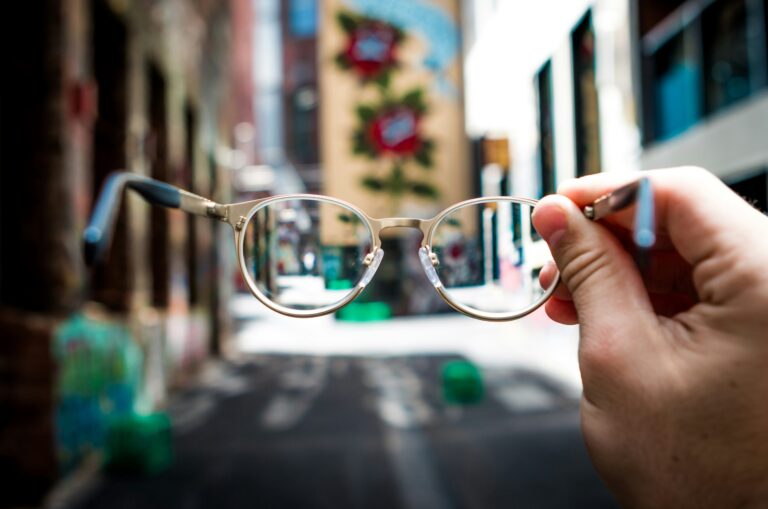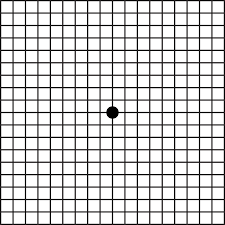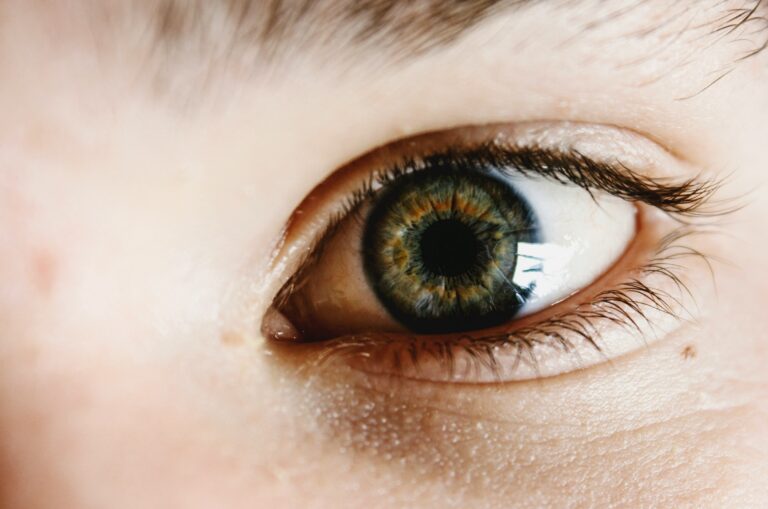How to modify your living room when living with low vision
Guide Dogs Client, Annette, recently renovated her home and offered us her insights and experience on how a person with low vision or blindness might modify their living room to increase their independence and improve their level of safety around the home.
Annette offered several suggestions that might be helpful. Keep in mind, however, that this is general advice and the right modification for your home will depend on your individual circumstances and needs.
Install smart lights
Annette included installation of smart lights as part of her renovation and describes them as an “amazing” addition to her home.
Smart lights have numerous benefits for people with low vision. Via an app, and often using voice commands, you can control the brightness and even the colour (or hue) of your household lights.
Smart lights also tend to last for a long time, and so the often-difficult job of changing the bulbs doesn’t need to happen very often.
Use light shades to filter light
While on the topic of lights, light shades are an excellent addition to a home, Annette suggested. In part, that’s because shades reduce glare or harshness, which is a problem for people with a variety of vision conditions.
“You can’t see any direct light bulbs in my house. I rarely use the ceiling lights,” she explained.
Light shades can also help direct light into a specific area, which can make it easier to distinguish objects or read.
Make changes to your TV
Annette recommended several changes or alterations to your TV to make it easier to view.
“You could put your TV on an arm so you can bring it closer to you. You could also consider the size of your TV: bigger is not always better if you need to be close to see it.
“And make sure the TV is not in front of a light source like a window; the light is better coming from behind or being blocked out completely by blinds.”
Be careful about colours
Colour use can be really important in the home for a person with low vision, Annette told us. Contrasting colours, for example, can make life easier and a living room (or any room) safer.
Annette specifically suggested choosing furniture colours that contrast with the colour of floors or rugs.
Avoid glass furniture
Annette has not one but two coffee tables in her home at the moment, and one of the things she’s adamant about is that neither are made of glass. In fact, she suggested that it’s best to think carefully about glass furniture of any kind.
“Avoid glass coffee tables because they are brutal when you can’t see them.”
Need help with modifications in your home?
Our Occupational Therapists help you to approach your everyday routine with confidence – everything from cooking with friends to making your garden beautiful.
You might also like
Ready to continue?
Seems like you have filled this form earlier. Let’s pick up where you left off.











